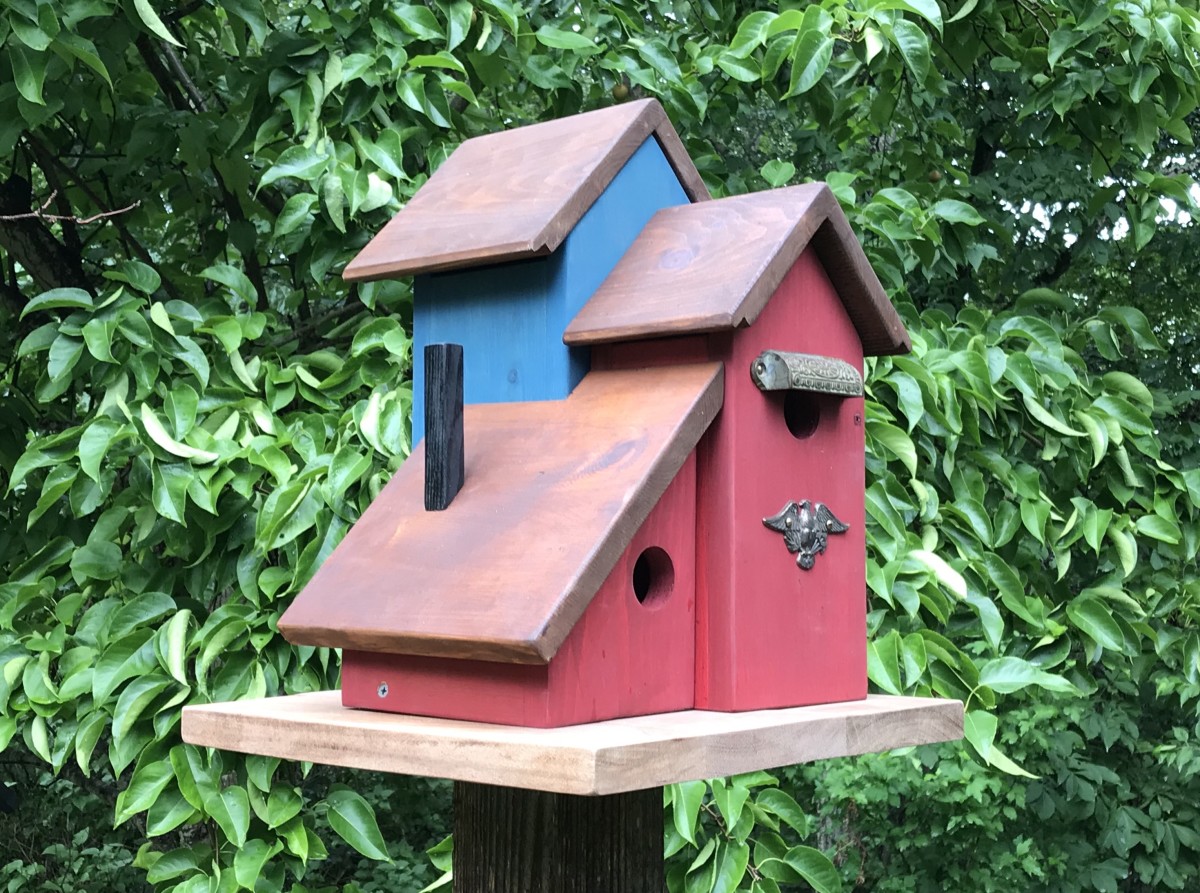
DIY Birdhouse: Customizing the Interior for Bird Comfort
A birdhouse is more than just a shelter; it’s a welcoming haven for feathered friends. While the exterior design may catch the eye, it’s the interior that truly determines a birdhouse’s suitability and appeal. A well-designed interior promotes comfortable nesting, successful hatching, and ultimately, thriving bird families. This guide provides a comprehensive overview of how to customize the interior of your DIY birdhouse for maximum bird comfort.
Understanding Bird Preferences
Before diving into customization, understanding the specific needs of the bird species you intend to attract is crucial. This involves researching their nesting habits, preferred materials, and ideal dimensions for their nest boxes. For instance, bluebirds prefer a smaller opening than chickadees, and woodpeckers require a deep cavity.
Interior Features: Enhancing Comfort and Safety
1. Nesting Material
Providing suitable nesting material is essential. Avoid using materials that could be harmful to birds, such as:
- Newspaper: The ink can be toxic.
- Plastic: Birds can get entangled or choked on plastic fragments.
- Wool: It can become matted and hinder bird movement.
- Strings and Yarn: These can be choking hazards for chicks.
Instead, offer these safe and preferred nesting materials:
- Shredded bark: Provides a natural and soft bedding.
- Pine needles: Another natural option, offering warmth and insulation.
- Dry grass: Easy to find and provides excellent nesting material.
- Animal hair: A common choice, offering warmth and comfort.
- Feathers: Can be used sparingly as an extra layer of insulation.
It’s advisable to place a small amount of nesting material in the birdhouse during construction or before installation. This will provide a starting point for the birds and encourage them to choose your birdhouse as their nesting site.
2. Floor Space
The floor space should be adequate for the chosen bird species to nest comfortably. A general guideline is to provide a floor area that is about twice the size of the adult bird. For smaller birds like chickadees, a 4x4 inch floor space might suffice, while larger birds like woodpeckers may require a 6x6 inch floor space. Ensure the floor is smooth and free from splinters to prevent injury to the birds.
3. Entrance Size and Placement
The entrance hole size and placement are crucial for attracting the right birds. Research the species you intend to attract and select an appropriate size and placement. For instance, bluebirds prefer a 1 ½ inch diameter entrance hole, while chickadees need a 1 ¼ inch hole. Place the entrance hole about 6-8 inches above the floor to prevent predators from reaching inside.
4. Ventilation and Drainage
Adequate ventilation is essential for a healthy nesting environment. Drill small holes in the back or sides of the birdhouse to allow air circulation and prevent moisture buildup. Consider adding a slightly angled floor to facilitate drainage and prevent water accumulation, which can lead to mold and disease.
5. Predator Protection
Birdhouses are vulnerable to predators like snakes, squirrels, and raccoons. To deter them, you can implement the following strategies:
- Predator guard: Install a metal collar around the entrance hole to prevent predators from reaching inside.
- Smooth surface: Ensure the exterior of the birdhouse is smooth and free from any rough spots where predators can gain a foothold.
- Placement: Locate the birdhouse in a safe location, away from trees and shrubs where predators can hide.
6. Cleaning and Maintenance
Clean the birdhouse regularly to prevent the buildup of parasites and disease. Remove old nesting materials and droppings after the breeding season. You can use a mild soap solution and water to clean the interior. Ensure it is completely dry before reinstalling it.
Additional Customization Tips
1. Roosting Perches
Some birds, like owls, prefer to have a perch inside their nest box. You can add a simple perch by drilling a small hole on one of the walls and inserting a sturdy branch or dowel rod.
2. Insulation
For colder climates, you can insulate the birdhouse to provide extra warmth for nesting birds. Use natural materials like straw or shredded paper for insulation. Avoid using synthetic materials that could be harmful to birds.
3. Painting
Painting the interior of the birdhouse can add a touch of aesthetics and help with cleaning. Use non-toxic paints that are safe for birds. You can also paint the exterior with bright colors to attract birds, but avoid using dark colors as they can absorb heat and make the house too warm.
Conclusion
Customizing the interior of a DIY birdhouse is an excellent way to provide a comfortable and safe nesting environment for birds. By understanding their preferences and incorporating appropriate features, you can attract and support bird populations in your backyard. Remember, a well-constructed and customized birdhouse can be a vital resource for these beautiful creatures, offering a safe haven for raising their young and contributing to biodiversity.



0 comments:
Post a Comment